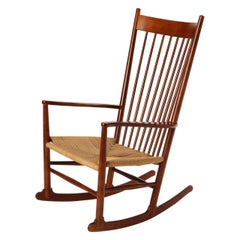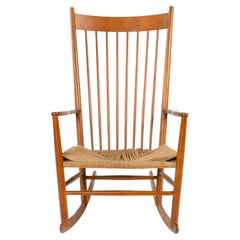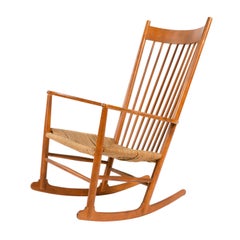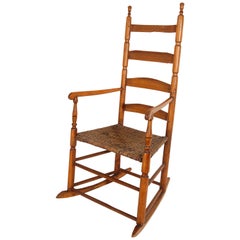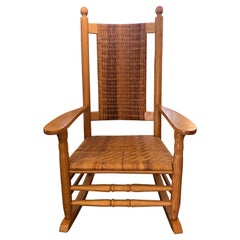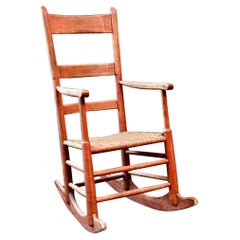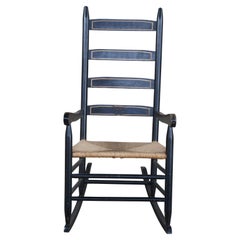Shaker Style Rocking Chair
20th Century Danish Chairs
Wood
20th Century Danish Chairs
Wood
Vintage 1970s Danish Scandinavian Modern Rocking Chairs
Papercord, Beech
Antique Early 1800s American Shaker Rocking Chairs
Maple
Vintage 1960s Dutch Mid-Century Modern Rocking Chairs
Wood
1990s North American Shaker Rocking Chairs
Cane, Oak
2010s American Shaker Rocking Chairs
Walnut
Antique Late 19th Century American Shaker Rocking Chairs
Wood
20th Century Shaker Rocking Chairs
Rush, Hardwood
Vintage 1970s Danish Mid-Century Modern Rocking Chairs
Papercord, Beech
Antique Late 19th Century Victorian Patio and Garden Furniture
Wicker, Rattan
Antique 19th Century American Chairs
Cherry
Vintage 1930s American Shaker Rocking Chairs
Vintage 1960s Danish Shaker Rocking Chairs
Papercord, Oak
Shaker Style Rocking Chair For Sale on 1stDibs
How Much is a Shaker Style Rocking Chair?
Jim Rose for sale on 1stDibs
Bringing lively newness to weathered and worn found materials, artist and furniture designer Jim Rose mined scrap heaps and junkyards for the metal he used in his furniture, collages and decorative objects. He kept his eyes open for the ideal scraps of aged steel that could be bent and shaped into a base, frame or surface of his next piece, hand-picking off-colored bits to serve as inlays and accents.
Rose was long associated with the American Studio Craft movement, and many of his one-of-a-kind works can typically be characterized as a venturesome fusion of folk art and modernist design. Each piece, crafted by hand and with fastidious care in his Wisconsin studio, is representative of his work ethic and boundless imagination.
Born in Indiana, Rose studied briefly at Bard College in New York City and earned his BFA in sculpture from the School of the Art Institute of Chicago in 1988. A couple of years earlier, he established his design studio, along with his wife Suzanne — an award-winning photographer — as his partner. During the 1990s, Rose and Suzanne traveled the American Northeast, where he became enamored with Shaker furniture.
When Rose returned home, he read every piece of literature he could about the history of the Shakers. The name derives from the popular moniker for an all-but-vanished American religious sect, whose members crafted honest, modest household furniture and objects as part of their belief in purposeful living and simplicity in all things. Rose incorporated Shaker methods into the production of his own designs. Rather than utilize the unpretentious hardwoods that the Shakers preferred, however, Rose worked with discarded materials, fashioning tables, case pieces and decorative objects from repurposed steel and other metals.
In the late 1990s, Rose began to include multi-colored metal into his works — adapting methods used by colonial quiltmakers. His furnishings began to take on a mosaic look, bringing a substantial amount of visual appeal and new charm to each of his distinctive creations. Rose also produced a body of work that drew on Ming dynasty designs.
With numerous showings at Sculpture Objects & Functional Art Fair in New York City and Chicago, Rose made a name for himself throughout the late 1990s and early 2000s. He had solo and group exhibitions throughout his career, including in Palm Beach, Florida, and Mesa, Arizona — as well as at many other galleries in New York and Chicago. Rose’s work is held in the collections of the Smithsonian American Art Museum, Mesa Contemporary Arts, Racine Art Museum and other institutions.
On 1stDibs, find a collection of vintage Jim Rose storage cabinets, tables, and decorative objects.
